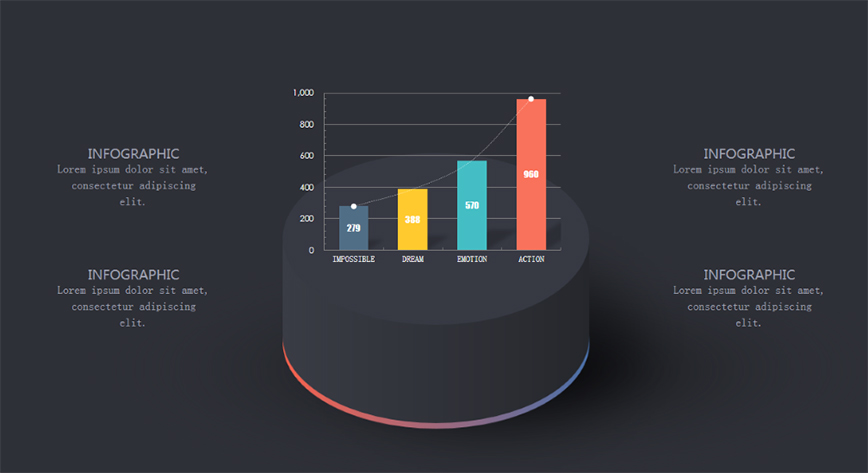Whether the company's products are semiconductors, electric lights, automobiles, shoes, medical equipment or aircraft engines, the reliability of the products is undoubtedly an important factor affecting the business. If the product can stably perform its due role for the customer during its life cycle, these customers will likely repeat the purchase of the company's products or bring more customers to the company.
On the contrary, if the reliability of the product does not meet the expected requirements, not only will the brand image and reputation accumulated by the company be greatly reduced, but its profit margin will often be eaten away due to the high warranty risk. The possibility of enterprise products will also be greatly reduced, which has a far-reaching and heavy impact on the company.
In order to prevent product failure and improve the quality of the warranty, we need to understand and improve the reliability of the product with efficient and practical methods. We need to quickly discover the hidden trends and outliers from the massive product test data or warranty data, and accurately identify the materials. And process defects, find weaknesses in the design and find solutions to improve product reliability.
Below, a brief introduction to several methods commonly used in reliability analysis.

1. Life distribution
Precisely predicting the reliability life of products and components is a common task in reliability research. It refers to quickly and accurately finding the most appropriate distribution from a large number of possible reliability distributions to fit the life distribution of a particular product. . The difficulty of this work is usually how to quickly and accurately fit a large number of possible life distributions and identify the most appropriate distribution.
This work usually consists of two parts:
(1) Fit and test the possible reliability distributions one by one;
(2) Compare the results of the fitting and inspection to determine the most suitable life distribution pattern.
2. Analysis the reasons for competition
In reality, there are often more than one independent failure modes found in data analysis. At this time, technicians often need to analyze these failure modes separately to specify the most appropriate distribution for each failure mode. An effective method we need to use at this time is the competitive cause analysis. This approach not only finds the right distribution for each failure mode, but also helps identify potential improvement opportunities for product quality. This is very helpful in reducing failure and warranty risks and improving overall quality.
3. Accelerate the test
Accelerated testing is a very effective and very common method of reliability research. In the planning phase of the accelerated test, it can help to rationalize the test and obtain sufficient critical information about product reliability at the most economical cost, laying the groundwork for further analysis. In the actual analysis work, we need to establish a relationship model of the factors and results of interest. The commonly used methods include regression, analysis of variance, etc., and often need to perform various forms of conversion according to the actual situation, including Arrhenius, voltage, linearity, Logarithm, logit, position and scale, etc.
4. Aging Analysis
In order to predict the performance of a product or component before it is degraded or eventually failed to minimize failure and warranty risks, engineers also need to investigate and predict the aging data over time. At this time, depending on the source of the data (such as non-destructive testing (repetitive measurement or reliability analysis) data and destructive test data, etc.), there are some differences in the analytical methods used.